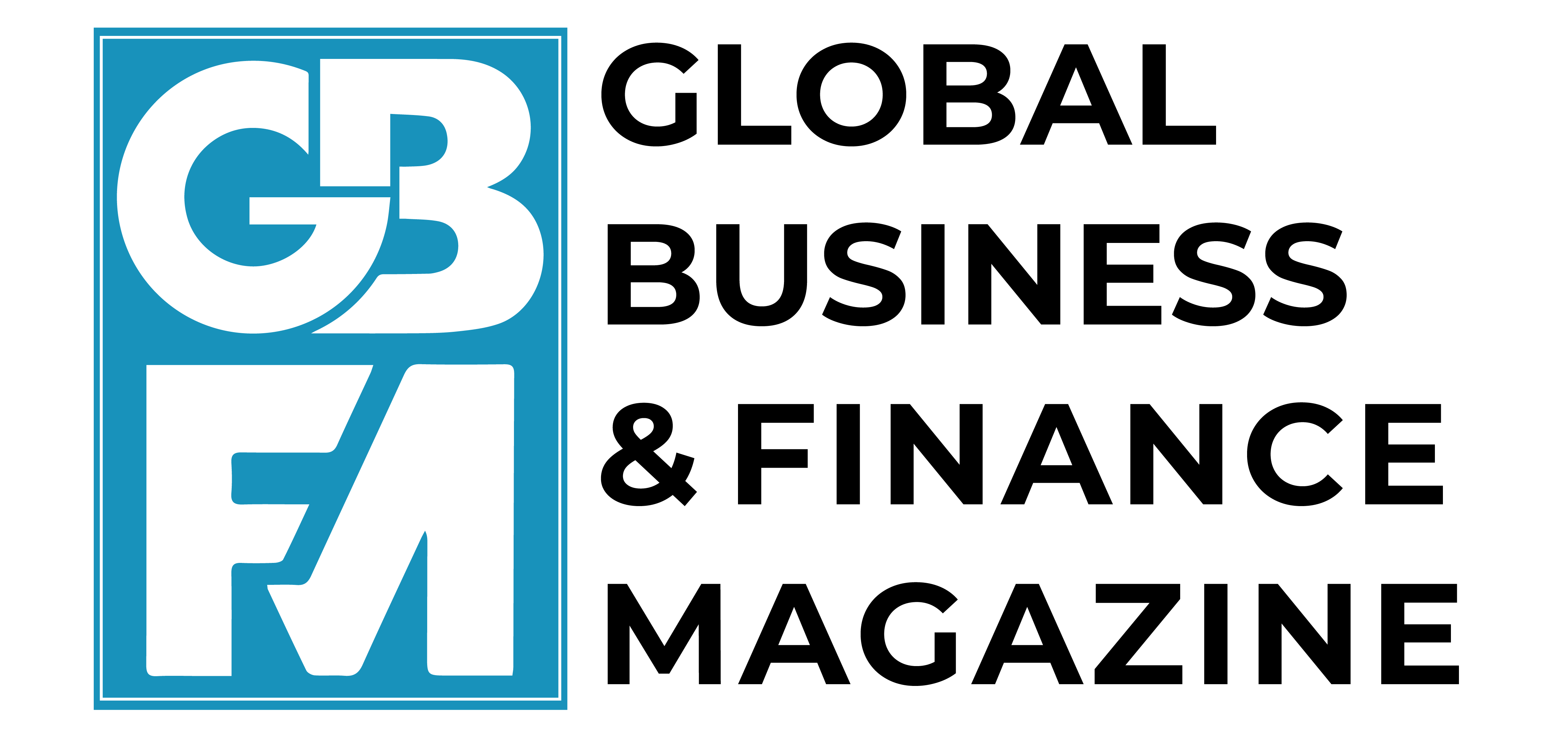Analysis of single women and men in Europe reveals persistent gender wealth gaps and differing patterns across countries.
This paper investigates gender-related disparities in wealth in European Union countries using the 2010-2021 waves of the European Central Bank’s Household Finance and Consumption Survey. To address the difficulty of within-household wealth allocation and provide a cleaner comparison of men and women’s wealth positions, we focus on single, never-married individuals aged 25-65, without dependants.
A full-sample regression controlling for demographic, labour market and socioeconomic characteristics does not reveal a statistically significant gender wealth gap in the EU overall, or in most EU countries. When examining the wealth gap against wealth distribution, we find negligible gaps among the less wealthy. However, we find significant gaps among the middle class and the wealthiest individuals. This distributional disparity was barely visible in 2010 but had become pronounced by 2021, suggesting that gender-based wealth disparities have widened over time. Men are more likely to own property, operate businesses and invest in risky financial assets, which are all major drivers of wealth. By contrast, women hold more bank deposits and low-risk assets. Although women have higher educational attainment, which is typically associated with greater wealth, this advantage does not fully translate into financial outcomes. Finally, we document substantial cross-country differences, possibly shaped by cultural norms, institutional settings, labour market histories and inheritance regimes.
Source : Bruegel





































































